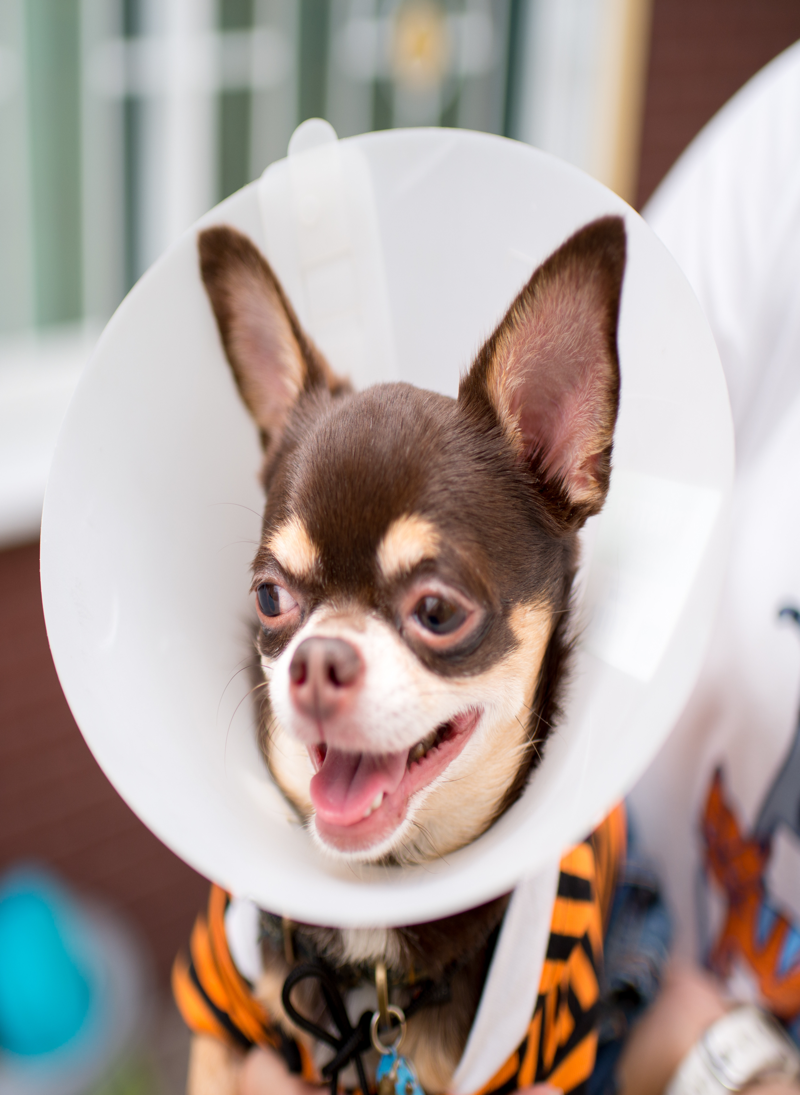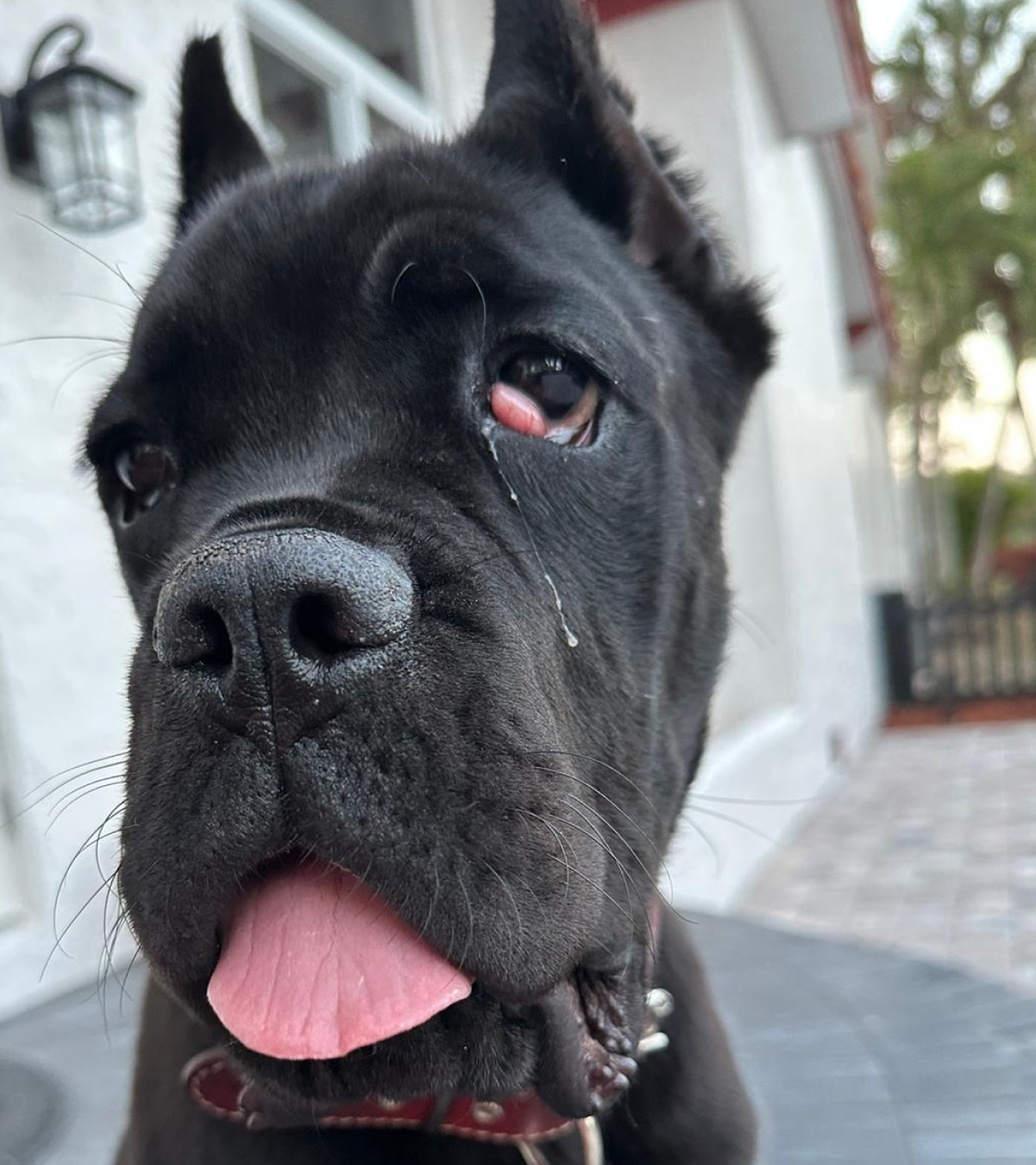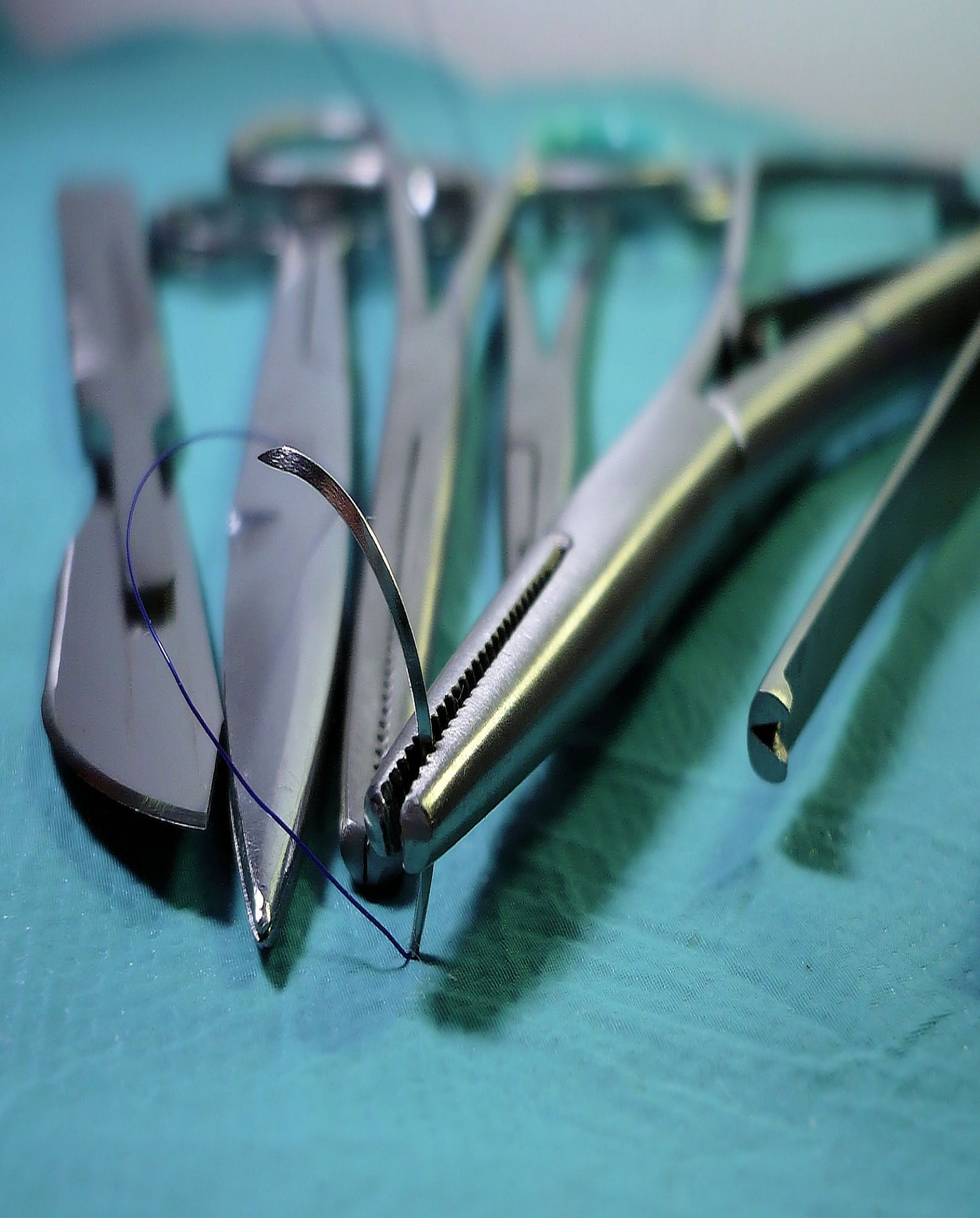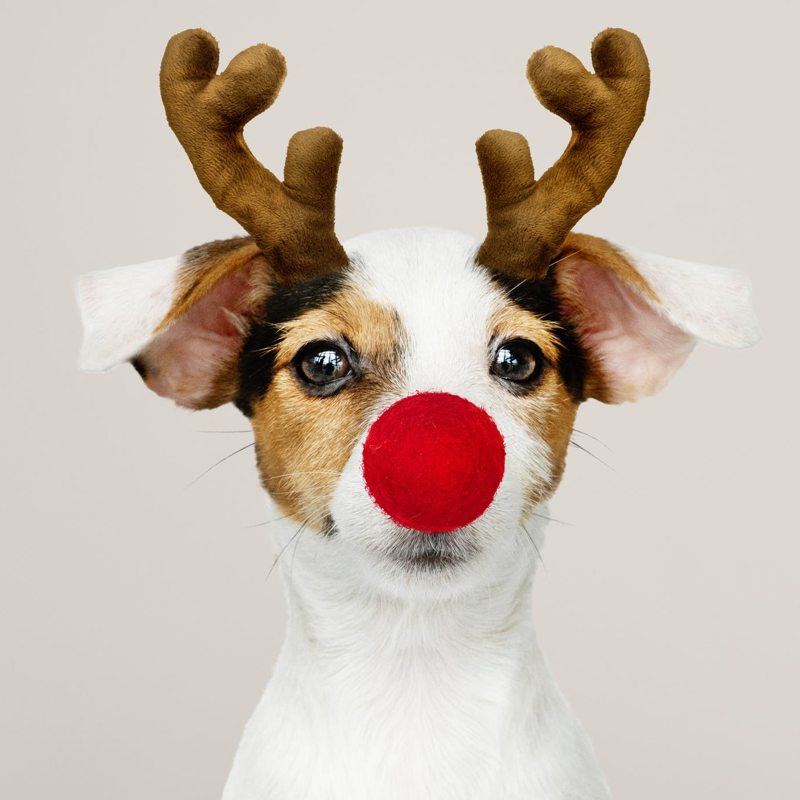Cherry Eye Surgery ($1000) -Miami
Cherry eye, also known as prolapse of the nictitating membrane gland or third eyelid gland, is a condition that can affect dogs. The nictitating membrane is a protective tissue located in the inner corner of a dog’s eye, and it contains a gland that produces tears. When the connective tissues supporting this gland weaken or stretch, the gland can protrude from its normal position and become visible as a red or pink mass in the corner of the eye. This protrusion gives it the appearance of a cherry, hence the name “cherry eye.”
In case your veterinary advice surgical intervention, our vet will reposition the prolapsed gland back into its normal position. Here is what that surgery includes:
- Blood work lab
- Intravenous fluids
- General anesthesia
- Cherry Eye Surgery
- Antibiotics and pain meds
- -> cost for each eye ($1000)
What to expect during Cherry Eye Surgery?
- Pre anesthetic exam (in-house blood work).
- Intravenous fluids.
- Our veterinary team will induce your dog into a safe state of general anesthesia.
- Vital signs including breathing, heart rate, blood pressure, state of anesthesia, oxygenation levels, CO2 level, and body temperature are monitored closely.
- Preparation: The area around the eye is cleaned and prepared for surgery. The fur around the eye may be trimmed to provide better visibility and to minimize the risk of contamination during the procedure.
- Incision: A small incision is made in the conjunctiva, the thin membrane that covers the gland. The purpose of the incision is to expose the prolapsed gland and allow the veterinarian to work on it.
- Repositioning: The veterinarian carefully manipulates the prolapsed gland back into its normal position. Different techniques can be used to secure the gland in place, such as tucking it underneath the conjunctiva or suturing it to nearby tissues.
- Internal fixation: Depending on the fracture type and location, the veterinarian may use various techniques for internal fixation. This involves securing the bone fragments using implants such as plates, screws, pins, or rods to provide stability and support for the bone to heal. The choice of fixation method will depend on the specific needs of the fracture.
- Closure: Once the gland is repositioned, the incision in the conjunctiva is sutured closed. The sutures used are typically absorbable and do not need to be removed later.
- Postoperative medications are given, and postoperative care continues until your dog is completely recovered from the anesthesia.
- We will keep your dog hospitalized until they completely recover and is safe to send home with after care instructions.
Important Fact:
Stop feeding your pet (dog/cat) food and water 12 hours before surgery. Food can complicate surgery and lead to fatal outcome.

Home Care Instructions
Our veterinary staff will also provide you with post-operative instructions to follow when your pet goes home. With your home care instructions you will receive medication to minimize to minimize post-op discomfort. The steps below you can follow at home in order to facilitate a safe and comfortable recovery:
Quiet Place
Provide a quiet place for your dog to recover
Avoid bathing
Avoid bathing your dog for at least ten days after surgery
Check Incision Daily
Check incision daily to confirm proper healing.
Call us
If your dog is lethargic, has decreased appetite, is vomiting and has diarreha.
Preventing Running and Jumping
Do not allow your dog to run and jump for seven to ten days following surgery
Pay attention to changes around the surgery area
If you find any redness, swelling, or discharge around the surgery area, or if incision is open please, call us



